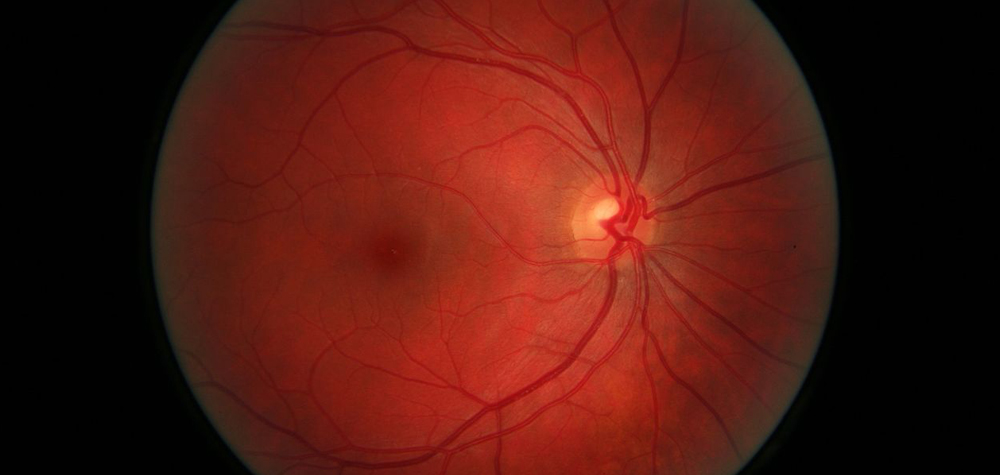
Top 10 discoveries in 10 years of optogenetics
Over ten years ago, Ed Boyden and colleagues from Stanford University published a paper demonstrating the first activation of neurons with a technique that came to be known as optogenetics.
To celebrate the anniversary of the paper, and the advent of a powerful new method for neuroscience research, we have collected ten papers and discoveries made possible thanks to optogenetics.
1. Reactivating memories with light
Memories that appear to be lost can be recalled by activating brain cells using optogenetics.
In a paper, recently published in the journal Science, a group from MIT reveal how to reactivate memories that could not otherwise be retrieved by directly stimulating the specific neurons associated with a memory with light.
Paper reference:
Ryan TJ, Roy DS, Pignatelli M, Arons A, Tonegawa S Engram cells retain memory under retrograde amnesia Science 348:6238 1007-1013 (2015) doi: 10.1126/science.aaa5542
2. Using light to activate the brain’s opioid receptors
Neuroscientists have developed light-sensitive opioid receptors that are able to respond to light in the same way as the endogenous binding sites in the brain normally respond to pain-killing drugs.
The hope is that eventually these findings will lead to new and improved ways of relieving pain. In the meantime, it should be possible to use these tools to study the best ways to activate and deactivate opioid receptors in brain cells.
Paper reference:
Siuda ER, Copits BA, Schmidt MJ, Baird MA, Al-Hasani R, Planer WJ, Funderburk SC, McCall JG, Gereau RW, Bruchas MR Spatiotemporal control of opioid signalling and behaviour Neuron 86:4 923-935 (2015) doi: 10.1016/j.neuron.2015.03.066

3. Turning on happy memories (using optogenetics) can reverse depression
Scientists have cured the symptoms of depression in mice by using optogenetics to artificially activate neurons associated with positive memories.
This suggests a potential treatment pathway for depression through the manipulation of the brain cells where memories are stored.
Such an approach should have fewer side effects than current antidepressants, whose functions affect multiple areas across the whole brain.
Paper reference:
Ramirez S, Liu X, MacDonald C J, Moffa A, Zhou J, Redondo R L, Tonegawa S (2015) Activating positive memory engrams suppresses depression-like behaviour Nature 522:335-339 doi: 10.1038/nature14514
4. CRISPR gene editing enhanced thanks to optogenetics
Japanese scientists have developed optogenetic photoswitches, based upon Cas9 nuclease and ‘Magnet' proteins, to enhance the control of the CRISPR gene editing system.
Professor Moritoshi Sato, and his colleagues from the University of Tokyo, managed to engineer a photo-activatable Cas9 (paCas9) to enable greater precision of the gene editing technique with higher spatial and temporal resolutions.
Paper reference:
Nihongako Y, Kawano F, Nakajima T, Sato M Photoactivatable CRISPR-Cas9 for optogenetic genome editing Nature Biotechonology (2015) doi: 10.1038/nbt.3245
5. Wireless probe controls neuronal activity with light and/or drugs
An ultra-thin device for wirelessly controlling brain cells with light and drugs has been created at the Washington University of Medicine, St Louis, and University of Illinois, Urbana-Champaign.
The new tool, described in the journal Cell, is the width of a human hair and was used in the study to determine the path a mouse would walk with the push of a button.
Paper reference:
Jeong JW, McCall JG, Shin G, Zhang Y, Al-Hasani R, Kim M, Li S, Sim JY, Jang KI, Shi Y, Hong DY, Liu Y, Schmitz GP, Xia L, He Z, Gamble P, Ray WZ, Huang Y, Bruchas MR, Rogers JA Wireless optofluidic systems for programmable in vivo pharmacology and optogenetics Cell (2015) doi: 10.1016/j.cell.2015.06.058
6. Sight restored in blind mice with novel Opto-mGluR6 receptor
A promising new treatment for hereditary blindness uses optogenetics to introduce light-sensitive proteins into surviving retinal cells, turning them into replacements for degenerated photoreceptors.
Hereditary blindness affects millions of people worldwide and is caused by the progressive degeneration of rods and cones in the retina. Whilst the photoreceptors are lost, other cells deeper within the retina, known as ON-bipolar cells, still remain intact.
Research recently published in the journal PLOS Biology showed that by introducing a novel light-sensitive protein into the surviving cells they could respond to light and thereby restore vision.
Paper reference:
van Wyk M, Pielecka-Fortuna J, Löwel S, Kleinlogel S Restoring the ON switch in blind retinas: opto-mGluR6, a next-generation, cell-tailored optogenetic tool PLOS Biology (2015) doi: 10.1371/journal.pbio.1002143

7. Embryonic stemcell differentiation controlled by light
Scientists have created a method to regulate embryonic stem cell differentiation with light, transforming them into neurons in response to an external cue.
The technique, developed at UC San Francisco, also uncovered an internal timer mechanism within stem cells that helps them decide whether to pay attention to a developmental signal or ignore it as inadvertent biological noise.
Paper reference:
Sokolik S, Liu Y, Bauer D, McPherson J, Broeker M, Heimberg G, Qi LS, Sivak DA, Thomson M Transcription factor competition allows embryonic stem cells to distinguish authentic signals from noise Cell Systems (2015) doi: 10.1016/j.cels.2015.08.001
8. Two-photon optogenetics for faster neuronal stimulation thanks to custom opsins
In order to develop the optogenetic toolkit, researchers have been working on opsins with custom kinetic, expression and spectral properties suitable for use with two-photon laser scanning microscopy.
Two-photon photo-activation would enable higher temporal and spatial resolution for excitation and inhibition of neurons than is currently available.
Paper reference:
Prakash R, Yizhar O, Grewe B, Ramakrishnan C, Wang N, Goshen I, Packer A, Peterka DS, Yuste R, Schnitzer MJ, Deisseroth K Two-photon optogenetic toolbox for fast inhibition, excitation and bistable modulation Nature Methods 9:1171-1179 (2012) doi: 10.1038/nmeth.2215
9. Photo-activatable Cre recombinase regulates gene expression in vivo
Researchers from the Center for Alzheimer’s and Neurodegenerative Diseases at the University of Texas developed a way to stably modify gene expression in the mouse brain by creating a photo-activatable Cre recombinase (PA-Cre) enzyme.
Activation of the enzyme by blue light or two-photon illumination was able to alter gene expression in the hippocampus and cortex respectively with sub-millimeter spatial targeting.
Paper reference:
Schindler SE, McCall JG, Yan P, Hyrc KL, Li M, Tucker CL, Lee JM, Bruchas MR, Diamond MI Photo-activatable Cre recombinase regulates gene expression in vivo Scientific Reports 5:13627 (2015) doi: 10.1038/srep136271.
10. First optogenetic trials to cure blindness in humans approved
A privately-held pharmaceutical company called RetroSense Therapeutics has had an application to begin clinical trials on a new drug named RST-001 approved by the US Food and Drug Administration. This is the first dug based on optogenetic techniques to receive approval of this kind.
RST-001 is a gene therapy that aims to restore light-sensitivity to the retinas of patients suffering from retinitis pigmentosa, a genetic condition that leads to the progressive degeneration of rod and cone photoreceptors.

)